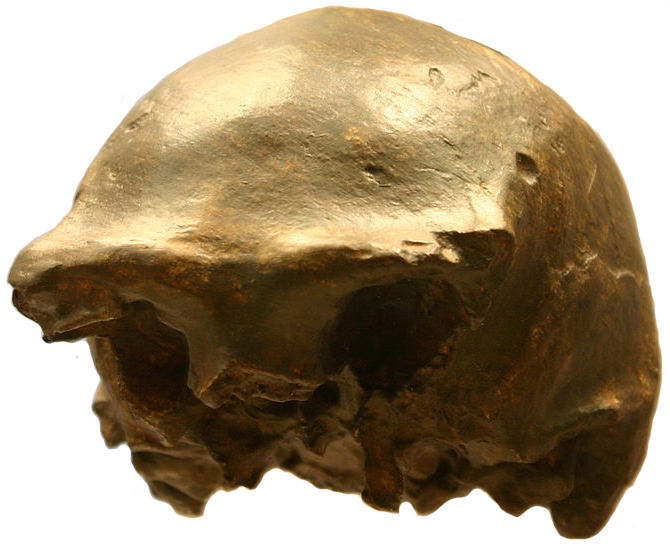
For more information, click here. Or, Try these sources:
- Finding showing human ancestor older than previously thought offers new insights into evolution, 5 July 2011. Can be read here.
- Schwartz, Jeffrey H.; Tattersall, Ian (2005). The Human Fossil Record, Craniodental Morphology of Genus Homo (Africa and Asia). John Wiley & Sons. p. 450. ISBN 9780471326441.
Solo Man (Homo erectus soloensis) was formerly classified as Homo sapiens soloensis and is now regarded as a subspecies of the extinct hominin, Homo erectus. Discovered between 1931 and 1933 by Gustav Heinrich Ralph von Koenigswald, the only known specimens of this anomalous hominid were retrieved from sites along the Solo River, on the Indonesian island of Java. The remains are also commonly referred to as Ngandong (now at Kradenan district, Blora Regency), after the village near where they were first recovered. Though its morphology was, for the most part, typical of Homo erectus, its culture was unusually advanced. This poses many problems to current theories concerning the limitations of Homo erectus behavior in terms of innovation and language. Its cranial capacity ranged between 1013–1251 cm³, placing it amongst the larger-brained members of the Homo genus.
- Kaifu, Y; Aziz, F; Indriati, E; Jacob, T; Kurniawan, I; Baba, H (Oct 2008). "Cranial morphology of Javanese Homo erectus: new evidence for continuous evolution, specialization, and terminal extinction". Journal of Human Evolution. 55 (4): 551–80. doi:10.1016/j.jhevol.2008.05.002. ISSN 0047-2484. PMID 18635247. Can be read here.